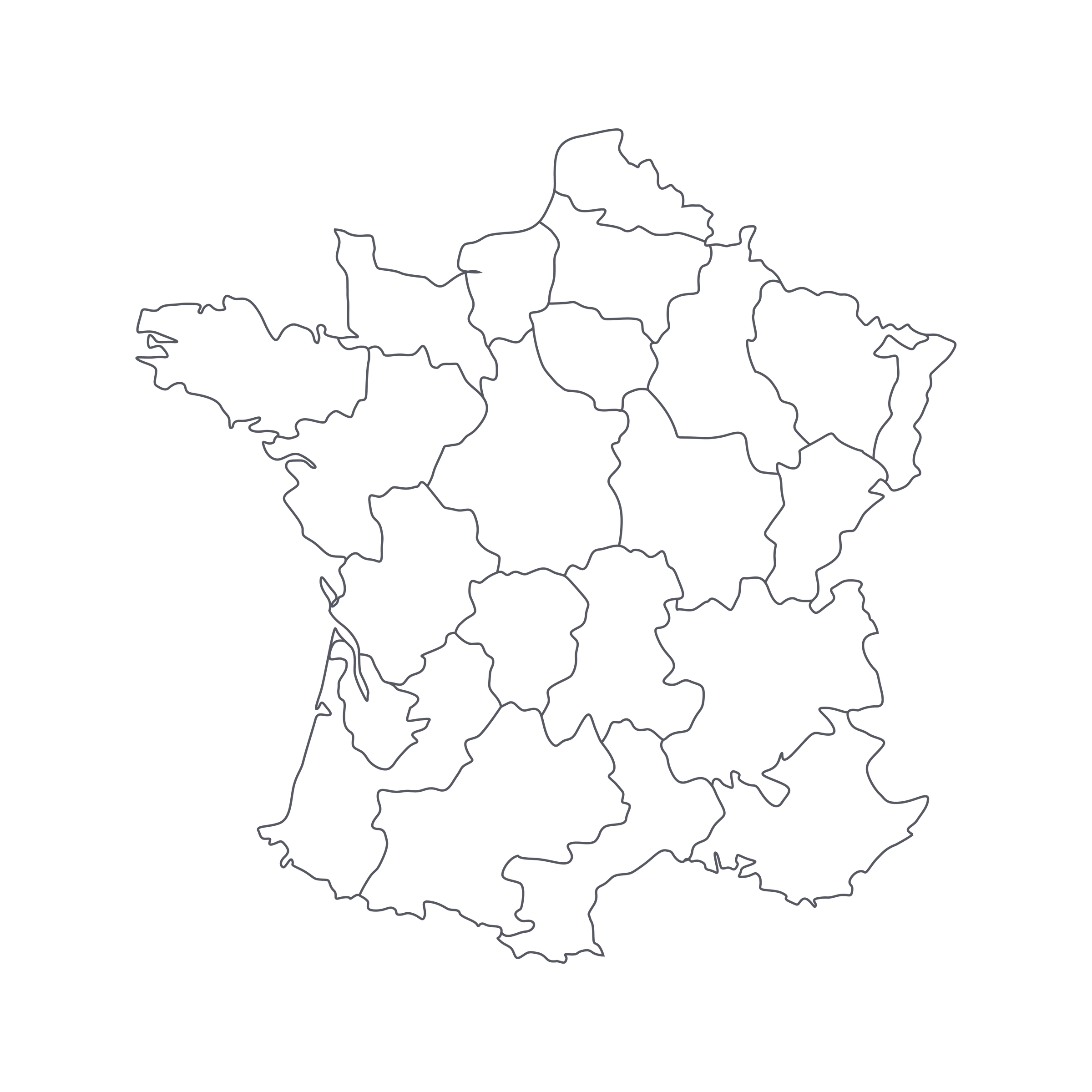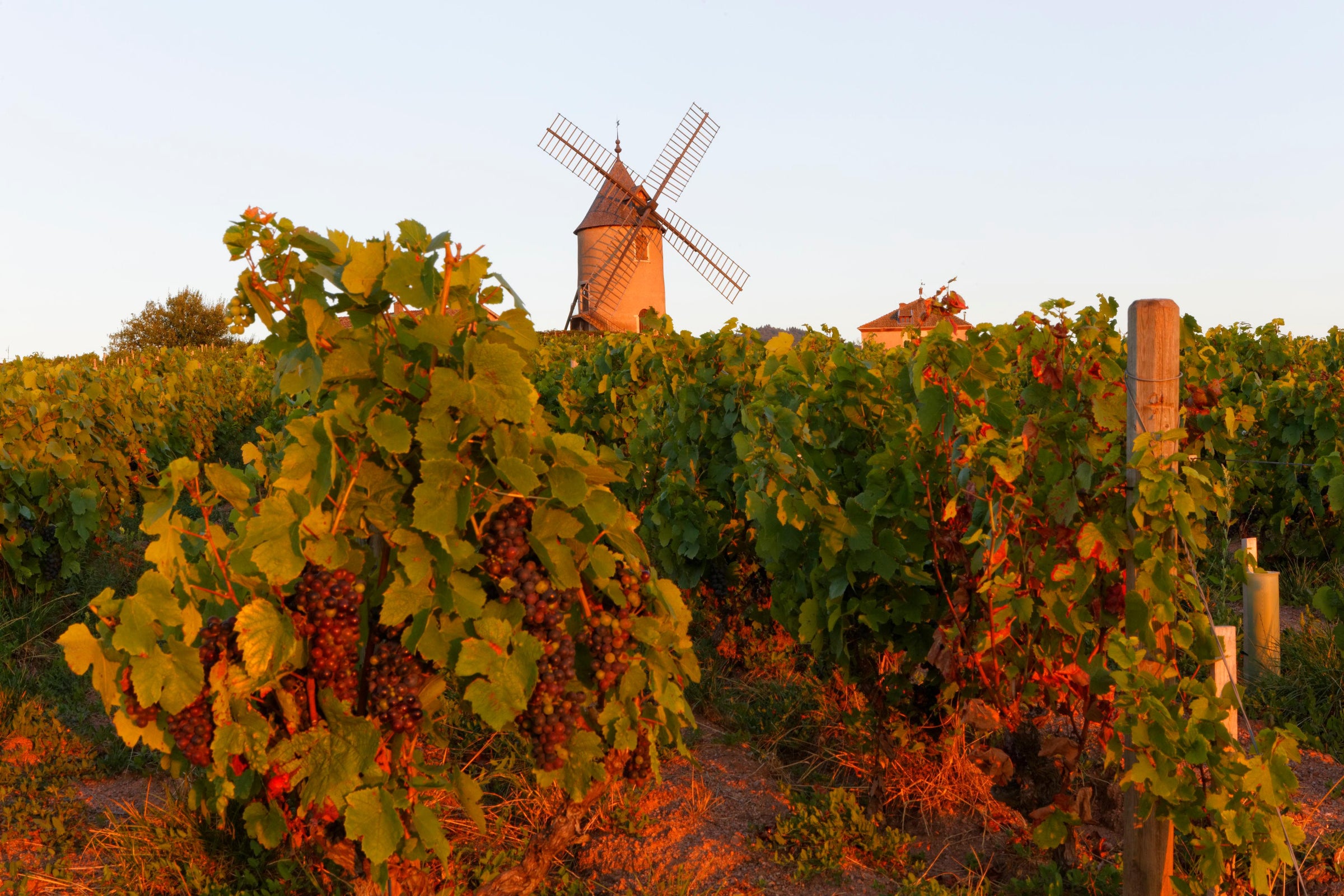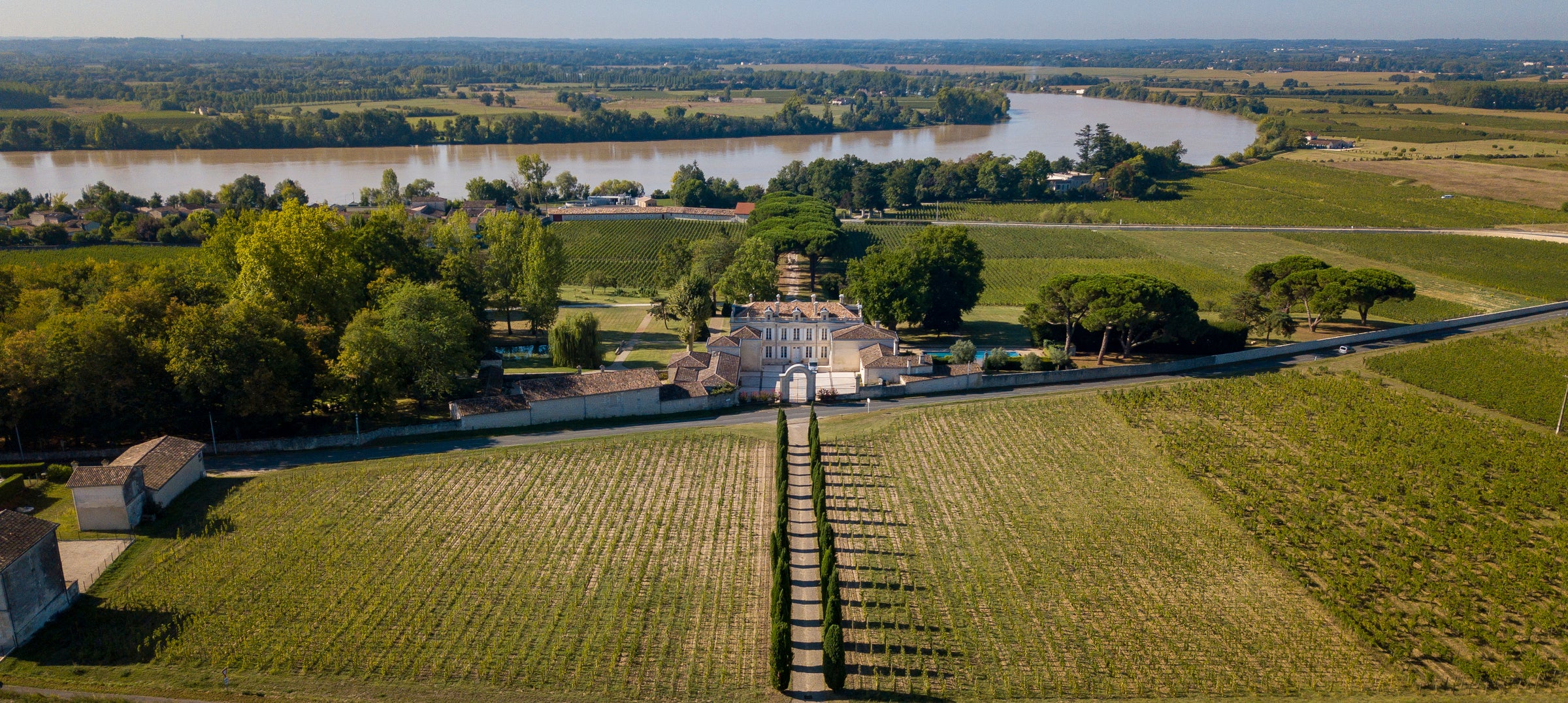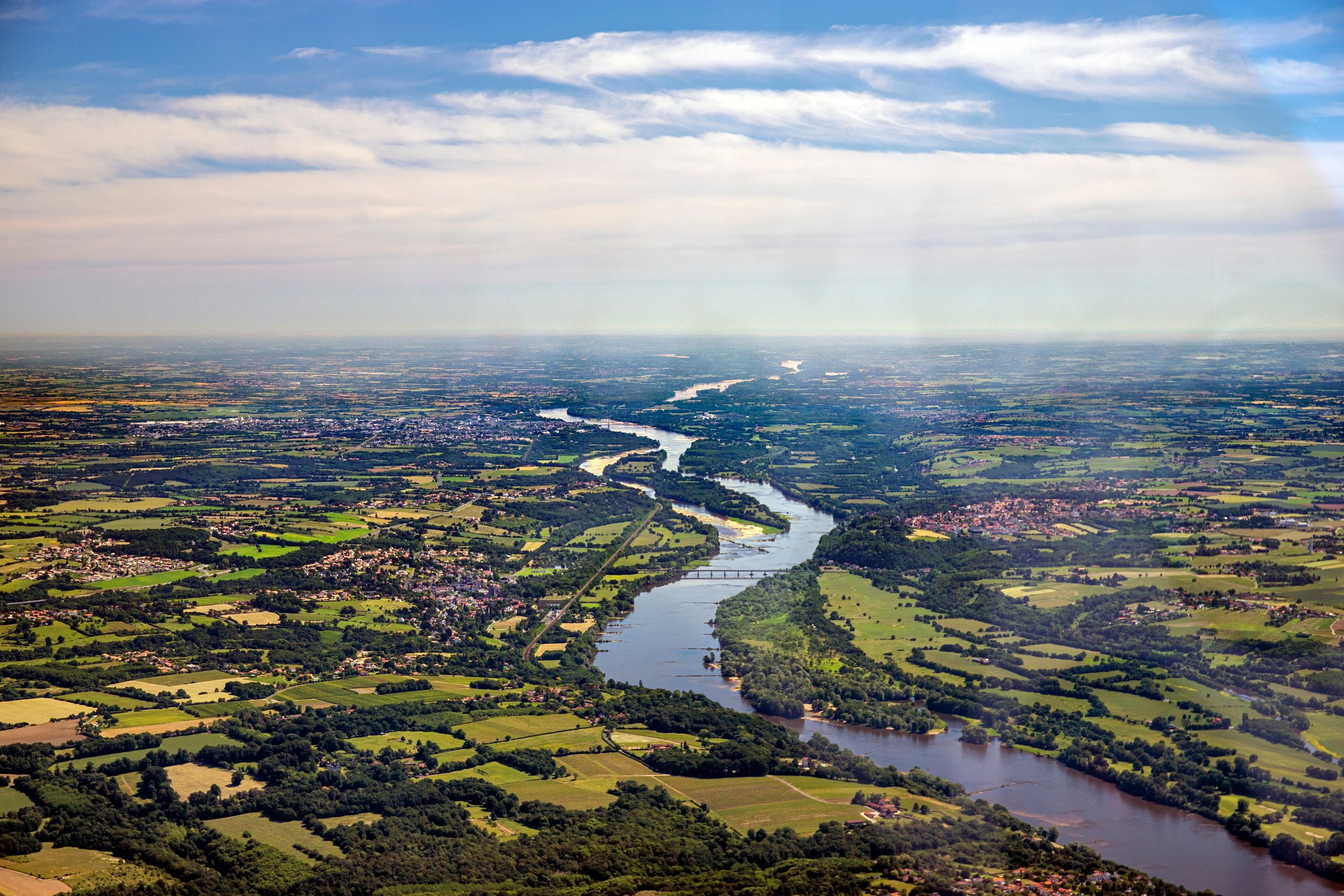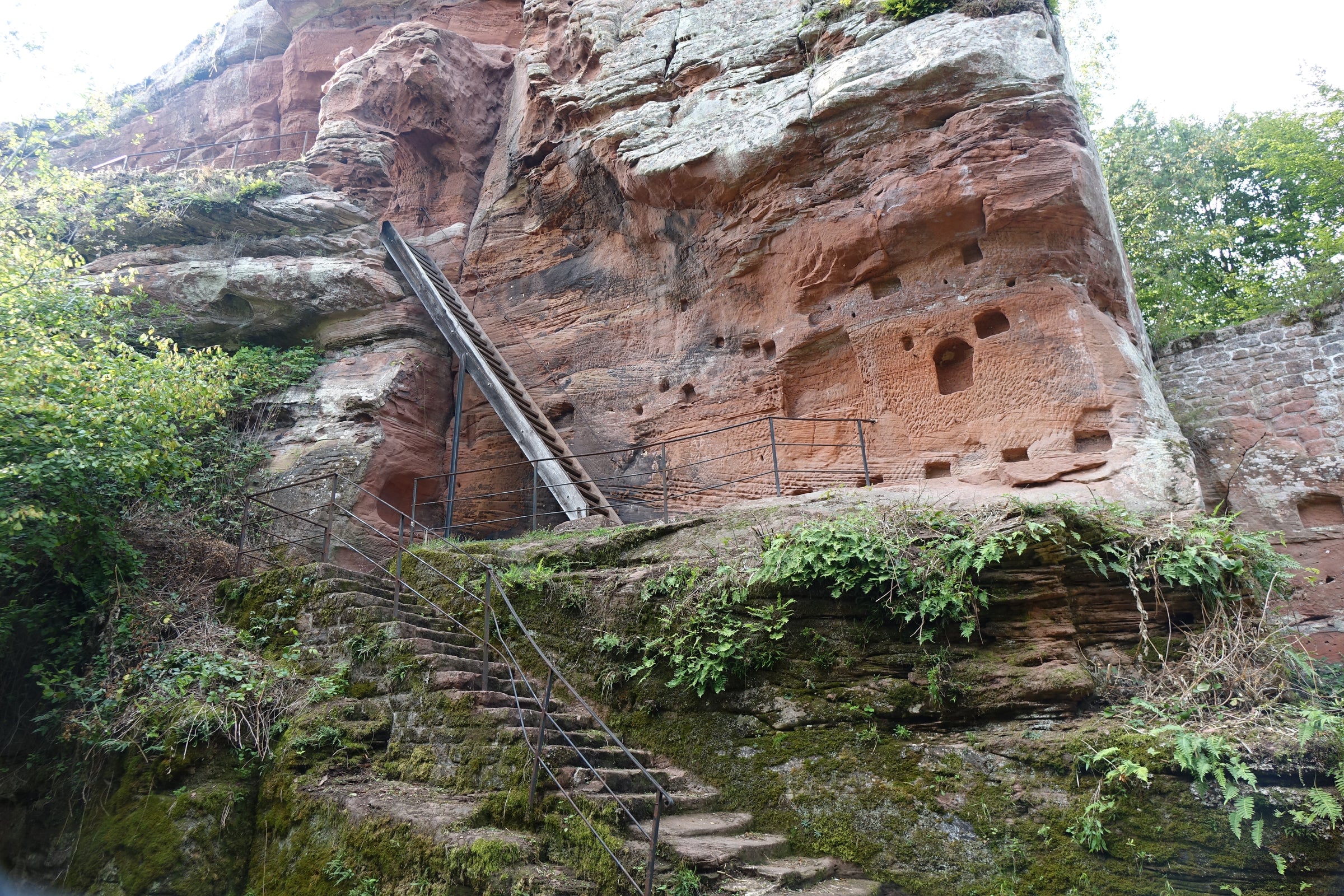I think the ultimate example of a “cult” winemaker is one who works in an obscure, out-of-the-way appellation but attracts a devoted following nonetheless. Meet Thierry Richoux, whose rare and brilliant “Les Cailles” comes from Irancy, a lesser-known appellation even among Burgundy aficionados—situated just southwest of Chablis near Auxerre, Richoux makes the kind of wines that make you revisit your Burgundy map anew, to see what you’ve been missing.
Those familiar with Richoux order as much as they can year after year in anticipation of the moment—like any moment with a bottle of great Burgundy some seven or eight years after bottling—when it begins to whisper the potential of its greatness. That moment has arrived for today’s 2012, which is just now entering its perfect drinking window yet promises to drink beautifully into the next decade-plus. All this from an Irancy, huh? You better believe it—this is one killer bottle of red Burgundy, and a great introduction to the appellation from its reference-point producer. The organically-farmed vines of Les Cailles are planted on mostly south-facing slopes in this horseshoe-shaped appellation. They yield some of the most complex and thought-provoking wines in one of Burgundy’s most northerly outposts, and this one will stand toe-to-toe with Premier Crus from the Côte de Nuits with no problem. It may even step on a few, so, if you’re the kind of Burgundy drinker who values quality over name recognition, this is a bottle to jump on!
Very little of Richoux’s wine is imported to the U.S., so we’re lucky to have access to a handful of bottles from an older vintage. If I were blind-tasting it, I’d think it was an $80-$100 bottling, so when you consider its origins, and its $50 price tag, it boggles the mind that something so great can come from a relatively unknown appellation. Most of us think of the Côte de Nuits making the greatest red Burgundies of all, but insert a Richoux wine in the mix and it’s a guarantee that minds will be blown. Tell them it’s from Irancy, and get ready to offer a little geography lesson.
As with Chablis, the upper reaches of Irancy are flanked by Portlandian limestone shelves, while the lower-lying areas, tucked into the horseshoe-shaped appellation, are rich in Kimmeridgian limestone deposits. But even this far north, Chardonnay is not the star variety in Irancy—it’s Pinot Noir, thanks to the resilience of old vines and smartly-planted south-facing slopes. Richoux, a Dustin Hoffman lookalike with a gentle disposition and piercing gaze, is arguably the region’s biggest star. My favorite description of him comes from importer Ted Vance, who called him a “…thin and soft-spoken man with amazingly powerful hands that look like they could crush you with very little effort.” No doubt those hands are the result of his heritage as a 10th-generation farmer—the Richoux family has tended vines in Irancy since 1610, around the time Galileo was making profound discoveries about our universe.
Naturally, every grape bunch is hand-picked, then hand-sorted in the vineyard and again on the crush pad. In the cellar, grapes are entirely de-stemmed and natural yeast fermentation in tank prepares them for a lengthy élévage (aging)—after a full year in tank, the wines spend another full year in used 228-liter barrels.
Richoux’s 2012 Les Cailles is a really beautiful wine. For me, it’s a mashup of classic, fine Volnay with Morey-Saint-Denis or Chambolle-Musigny. A dark ruby-colored core moves quickly to lighter garnet-ruby showing its age, leading to an explosive nose of wildflowers kissed by wild berries, dry tea leaf, and profound rose petal florals, continuing to unfold in a kaleidoscope of aromas that are hard to pin down: red plum, strawberry, and preserved cherries morph into more exotic spices, dried wildflowers, mint, damp rose petal, and forest floor. With medium-plus body, it has an incredible impact on the palate with a real density of flavors, a touch brighter in acidity than many Burgundies these days, combining mouthwatering tension with impeccable mineral density. This is a wine to contemplate—to drink over many hours with friends over a festive table of classic French cuisine. Make your best
coq au vin, and get ready for a fireworks display. This is a fine, rare red Burgundy at half the price of what it should be.


